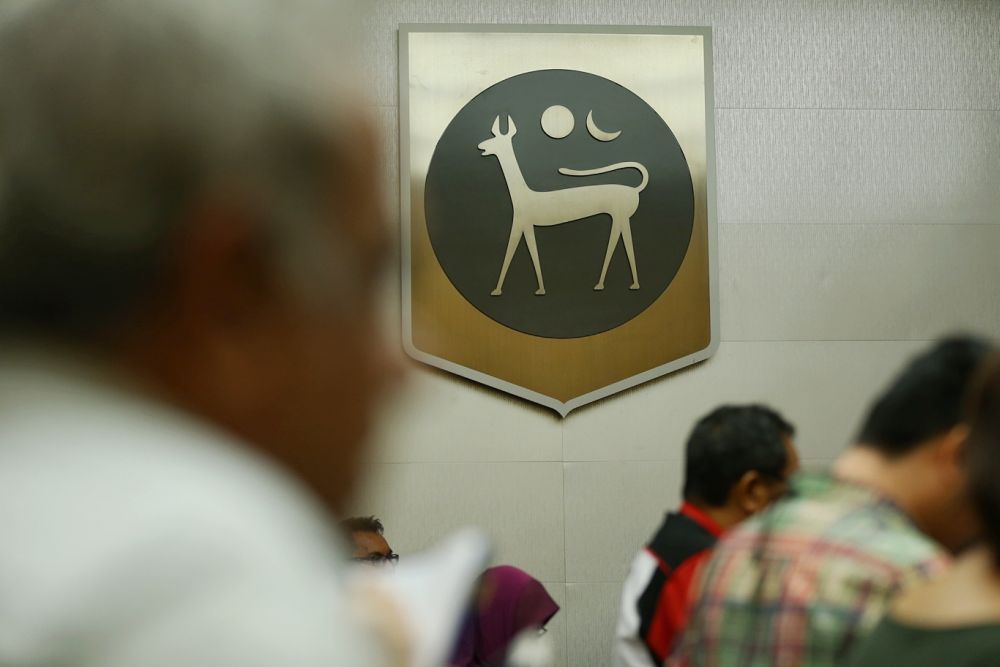Subscribe to our Telegram channel for the latest updates on news you need to know.
KUALA LUMPUR, March 31 — Bank Negara Malaysia’s (BNM) stress tests that applies two hypothetical adverse scenarios show that financial institutions continue to remain resilient under simulated severe credit, income and funding shocks.
In its Financial Stability Review for Second Half 2020 report released today, the central bank said stress testing is an integral component of BNM’s financial stability framework used to assess and manage risks to financial stability.
It said the actual severe economic fallout from the Covid-19 pandemic prompted BNM to shift the focus of its top-down, scenario-based stress tests towards assessing the ability of banks to withstand the unfolding stress based on assumptions around a likely recovery path at the time.
“This was supplemented with additional sensitivity analyses performed under a bottom-up approach to provide more granular assessments of resilience based on the specific risk profile of individual banks,” it said.
BNM said the first adverse scenario assumed a sharp economic downturn in the first quarter of 2021 of similar magnitude to the downturn experienced in the second quarter of 2020 before recovering at a gradual pace akin to a V-shape.
It said under this scenario, the initial recovery, driven by pent-up demand, is unevenly distributed across industries before gradually normalising across all sectors by 2022.
“Simultaneously, broad success with vaccination efforts in most countries results in global gross domestic product (GDP) returning to pre-pandemic levels by the third quarter of 2021, further bolstering domestic economic recovery,” it said.
The central bank said the second adverse scenario assumed a much sharper economic contraction in the first quarter of 2021 surpassing the deepest slump experienced in the crisis thus far.
It said in the second adverse scenario, the recovery is assumed to be sluggish and L-shaped, with GDP recording negative growth in 2021 and remaining below pre-pandemic levels even by end-2022.
“This scenario assumes an ineffective vaccine and a marginal contraction in global growth in 2021, which will adversely impact Malaysian exports, investment and consumption,” it said.
It said given extended lockdown restrictions, domestic demand suffered a prolonged slump with labour market conditions continuing to worsen throughout 2021.
BNM said both scenarios assumed sovereign rating downgrades in 2021.
However, it said the economic scenarios used in these stress tests do not represent BNM’s actual expectations for the trajectory of the economy but rather have been developed for the specific purpose of testing the ability of financial institutions to withstand more severe and prolonged economic shocks even as economic prospects are expected to continue to improve.
It said the tests also continued to assume no further repayment assistance to household borrowers after the first quarter of 2021 and any rescheduling and restructuring of business loans are assumed to end after the second quarter of 2021.
BNM said under the two adverse scenarios, banks might see overall impairments rise to four per cent under the first scenario and 5.4 per cent under the second scenario by end-2022 with businesses driving the larger share of new impairments in 2021 and households contributing the larger share in 2022.
It said despite the greater degree of economic stress assumed in this exercise, impairments by end-2021 are expected to be lower at 2.9 per cent and 3.3 per cent under the first and second scenario, respectively, compared with 4.1 per cent in the previous exercise.
“This is primarily due to conservative assumptions applied previously in translating economic shocks into business impairments where it was assumed all maturing bullet repayments in identified vulnerable business sectors would default,” it said.
It said business impairments in the first adverse scenario are driven by the default of both small and medium enterprises (SMEs) operating in vulnerable sectors and several non-SMEs while in the second adverse scenario, higher impairments are mainly driven by SMEs as the prolonged weakness and sluggish recovery is expected to have a bigger impact on SMEs given their relatively thinner cash buffers and narrower profit margins.
“For household borrowers under both first and second adverse scenario, low-income household borrowers form the largest share of those projected to default consistent with their lower financial buffers.
However, it said middle-income borrowers drove the largest share of household impairments in value terms commensurate with the larger loan amounts when compared to lower-income defaulters. — Bernama


.JPG)